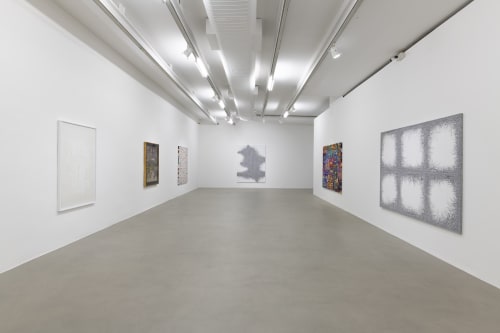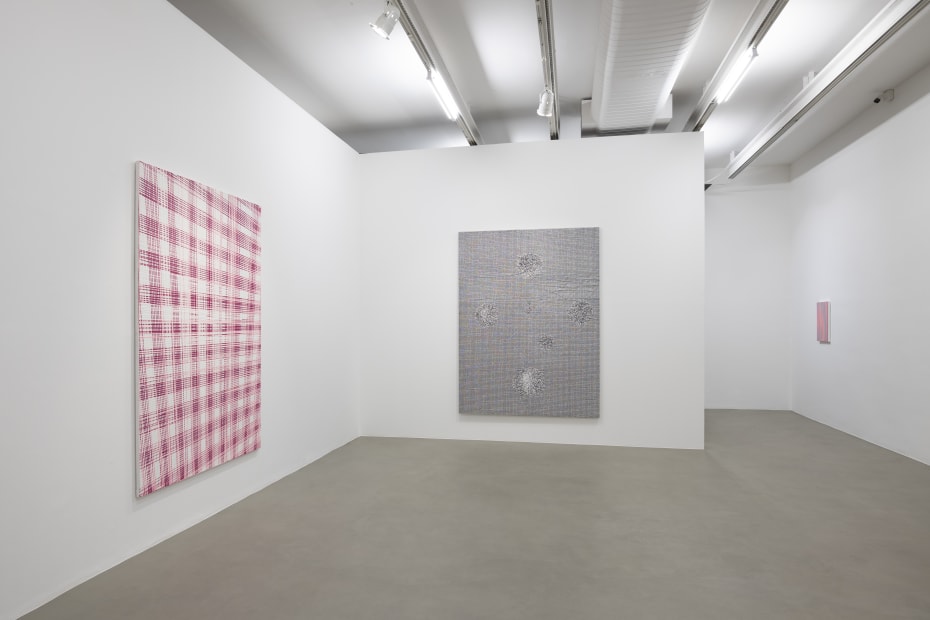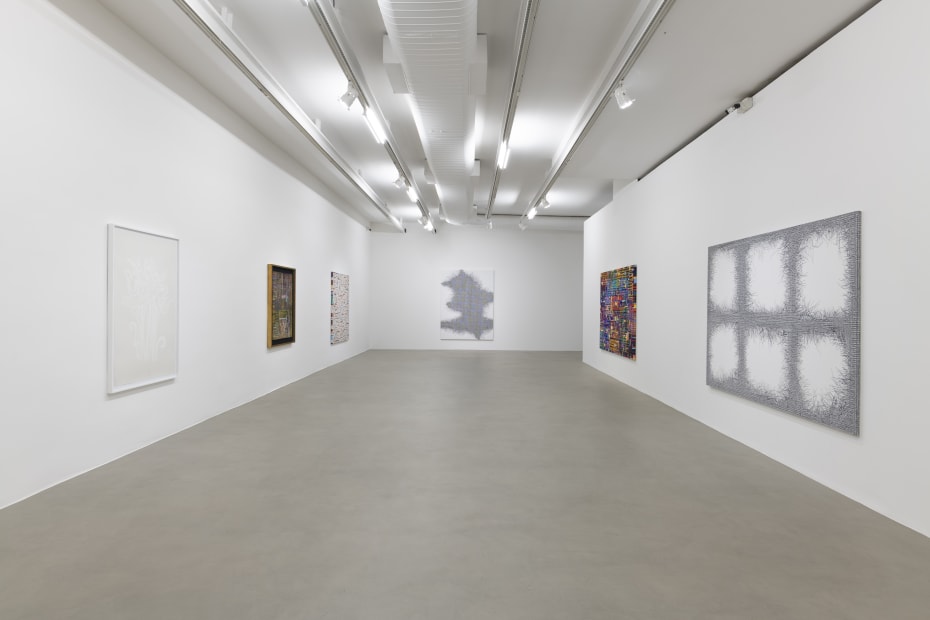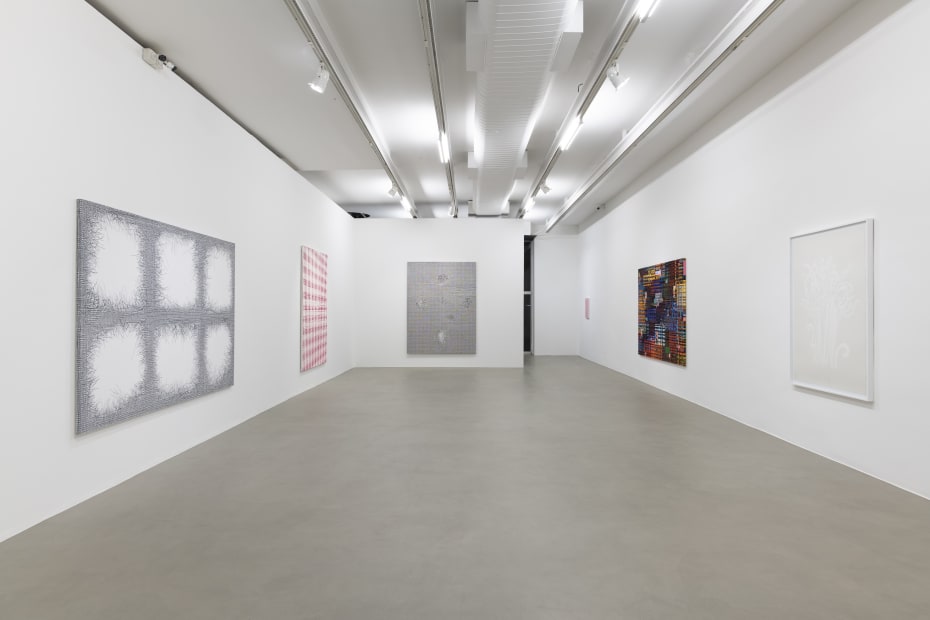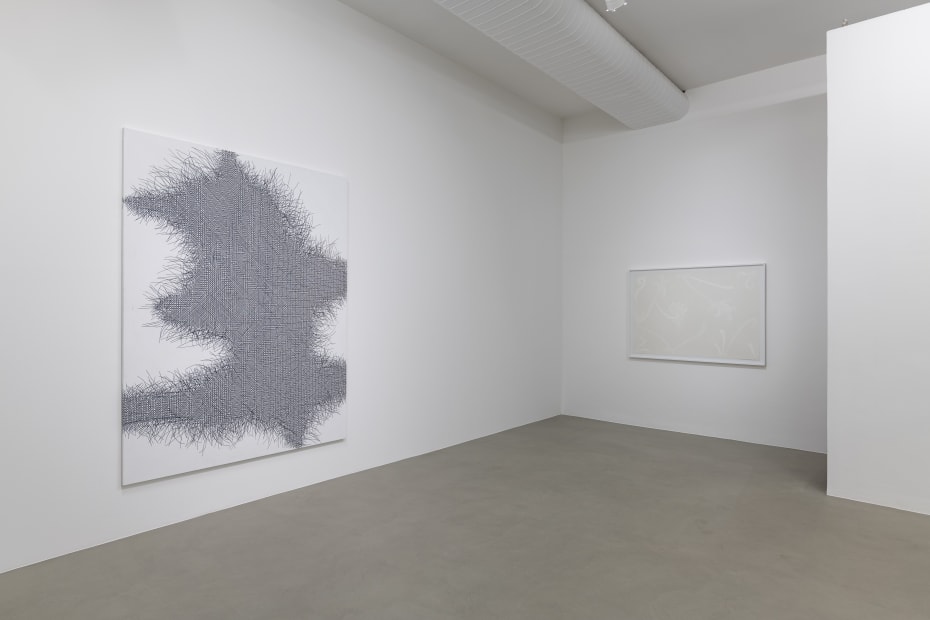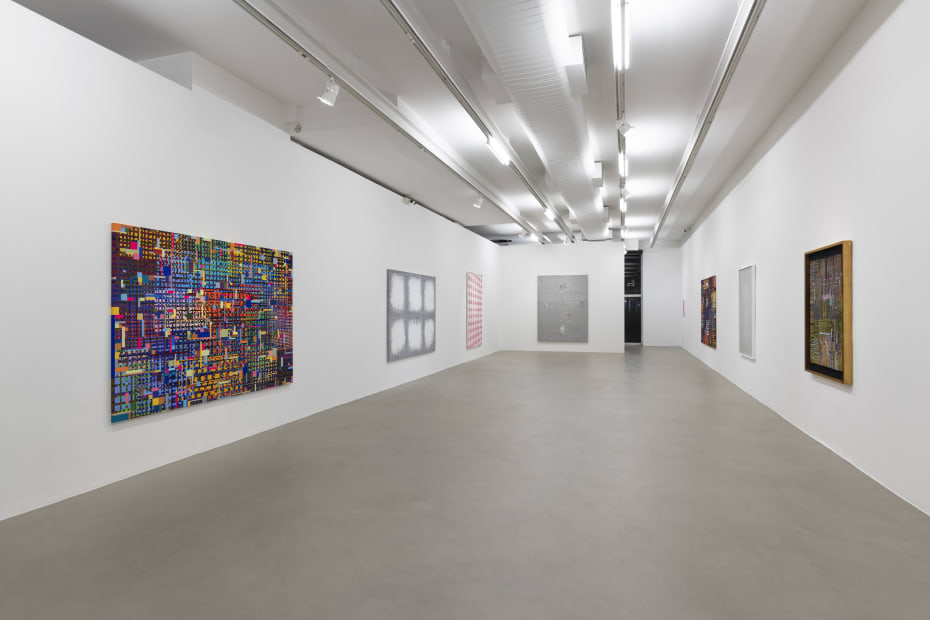Untitled: Galeria Luisa Strina
After Rembrandt, Soutine. After Rembrandt and Soutine, Francis Bacon. Carcass (2019) by Caetano de Almeida renders tribute to the odd tradition of still life, to be fascinated by an animal’s flayed skin after slaughtering. More than just a comment about vanitas or death’s cruelty, the painters that dedicated themselves to a detailed representation of a dissected ox were probably contemplating their own existence in a moment of bewilderment. At least in Rembrandt’s case this is documented: the artist painted the ox during a difficult time in his life. At the beginning of the decade of 1650, overwhelmed by debts, Rembrandt went deeper in financial trouble and, finally in July 1656, he filed for bankruptcy. His home and belongings were sold, and he moved to a working class neighborhood, as the Art Historian Lisa Deam tells, who, shortly after, asks:
“Did Rembrandt feel stripped down and flayed when he painted the dead ox? Did this image represent a way for him to express the rawness of bankruptcy or the peeling away of his livelihood? The artist may have glimpsed his own mortality in his slaughtered ox, but he also continued to paint more hopeful versions of himself. In his 1658 Self-Portrait in the Frick Collection, Rembrandt appears as a cross between a Renaissance artist and a magisterial king. In the context of the Dutch memento mori theme, this painting suggests a reversal of the seemingly inevitable movement toward death and decay: renewal of the flesh is possible after all, the portrait seems to state”.
Caetano de Almeida doesn’t consider his painting Carcass a self-portrait, but, as Rembrandt could hypothetically transmute from a flayed ox into a master or a powerful Renascence king, an important change is clear in this 2019 work. A transformation has been happening in Caetano de Almeida’s production for some time, and it has been made noticed in the essay by the theoretician Tadeu Chiarelli, published last year at the occasion of the artist’s solo show in Rio de Janeiro:
“In this new crop of works, a certain canvas – Behavior – and some watercolors, those of the Física series, cause a stir. In Behavior, it is noteworthy how, by the micro vertical relief produced by Caetano – and that covers up the whole surface of the canvas, subverting it -, the artist lightly allows the expansion of a red tone paint. Evidently Caetano tries to control the discrete overflow of the color, but the insidious paint ends up following its short path until it vanishes, without being stopped by the artist’s action. As a result, we have a canvas that’s a bleeding relief. Which means that, suddenly, the pure virtuality of Caetano’s works is jeopardized by a painting that denies itself as painting (it’s a relief), that seems to throw itself into tridimensional reality, bleeding.
Chiarelli goes on talking about the innovation of incisions in the watercolors in the Series Física (Physics) and the actual holes that Caetano produces when pressing burning cigarettes onto the paper, in the drawings named Maços (Packs). For the critic, these perforations give the work “a physicality closer to object than to painting” and change “the bidimensional space of ‘a thin’ crossed by reality”. The three recent groups of works, namely – Behavior, Física (Physics) and Maços (Packs) – indicate a sheer in the artis’s research, because of the objects’ materiality appreciation, apparent in the Lenticular (2019) work shown at Luisa Strina Gallery, which is an unfolding of Behavior. Chiarelli closes up his essay pointing that materiality “is there as a record of the artist’s transformation start in his research, [which] could have new and unexpected directions.”.
Caetano de Almeida’s eleventh solo exhibition at Luisa Strina is marked by new directions, the most obvious one being the renouncement of mathematical rationality that has defined his paintings since the year 2000. Another aspect of the rupture is the violence imbedded in the works that make reference to the Brazilian rattan. In the two works that depict the rattan weft, violence is present in the cuts (The Invisible Museum, 2019) – the pieces are symbolically torn from the weaving – or in the stretching of the ox’s skin (Carcass, 2019). It seems as if the artist moved from the tropical culture of the “cooling” furniture to the clothes and rugs culture used to keep rooms and bodies warm in icy regions. Although this paintings are filled with a certain cold aspect, a new series of works – and thought – is otherwise compensated with saturation. Pac Man, Construction and Cave – all from 2019 – seem to speak of a virtualized and encrypted world that portrays a sort of information flow decoded in colors and shapes. However, Caetano’s intention is the same as the one which guided the construction of Carcass: to dialogue with art history.
Cave (Caverna) was inspired by the construction of black spaces surrounded by light as in Coubert’s practice. “I am fascinated by the way he created a dark hole as clear as possible in the middle of the canvas” Caetano observes. After Dinner at Ornans (1849), The Painter’s Atelier (1855) and After the Hunt (1859) are some of the paintings that come to mind. On the other hand, Construction (Construção) has its biography connected to technology and archeology, as it has come to life after the artist observed a roman fresco fragment unveiled in a French castle that, during the first stages of restauration – after being identified under many layers of history and coatings – could be observed only through small square and rectangular cuts on the stone wall surface. “The holes allowed glimpses of a volute here, there a plant, cherubins on the corners, all submerged in a dark acqua shade. The image of the mural with cuts remained in my mind for a long time”, Caetano tells us.
Finally, linking all together, there are the holes, cuts and empty spaces that reminds us of actual cuts made by the artist in the past. Actual or virtual (represented), the holes address the suffering and decay that in the exhibition culminate on the painting Cruzeiro do Sul (Southern Cross, 2019), a constellation from which weft (in a double meaning of warp and plot) Caetano de Almeida snatched the stars from. The artist admits that the main reference to Art History in this set of recent works is the Leap into the Void by Yves Klein. As with in Rembrandt’s case, where as one can see decay, one can see renewal also. “This is the trip that I want to facilitate: beauty is in the trip, not in the destination”, Caetano adds.
